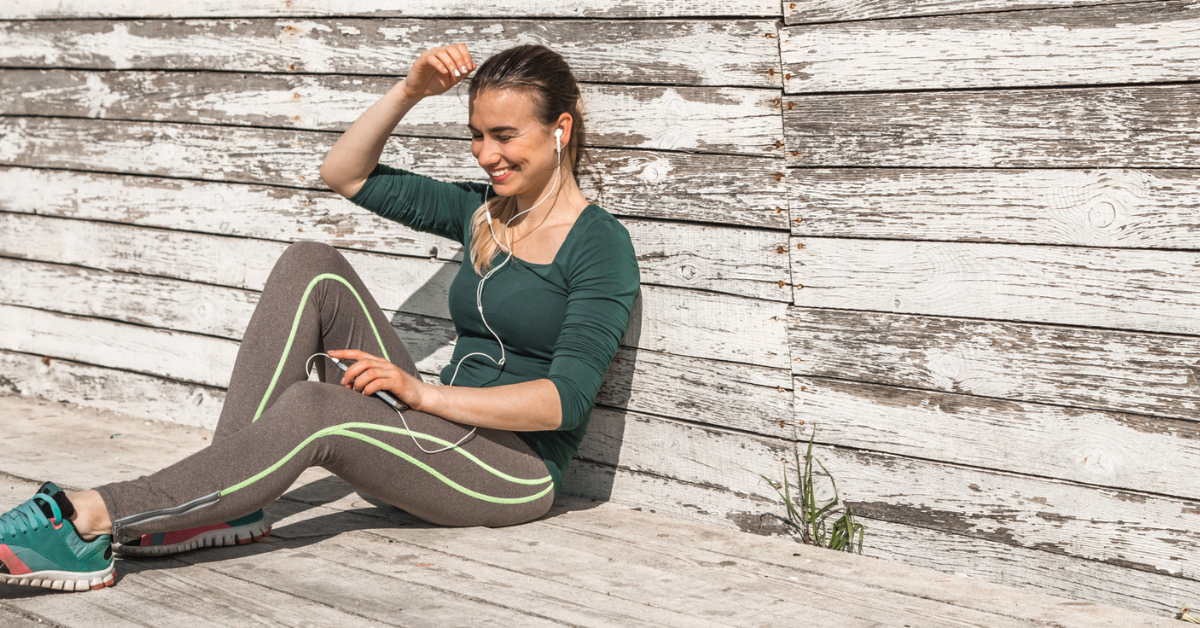
Calisthenics Back Workout: Sculpt Your Muscles
Did you know that a 30-minute calisthenics back workout can burn as many calories as a half-hour run? That’s why I became such a fan of this flexible workout approach. My fitness journey took a big leap when I realized how powerful bodyweight exercises could be for sculpting my back muscles without needing a gym.
Calisthenics is incredibly convenient and effective. Whether you’re at home, traveling, or just at your local park, you can get a solid workout anytime, anywhere. This makes calisthenics perfect for all fitness levels—you can tailor your routine to fit your own pace and progress.
In the upcoming sections, I’ll share my personal experiences and tips for creating an effective calisthenics back workout. You’ll discover how to build a stronger, more defined back using just your body weight. Ready to get started? Let’s dive in!
Why Choose Calisthenics for Back Sculpting?

When it comes to sculpting your back, calisthenics really shines. This workout method is not only cost-effective but also incredibly versatile. You can perform calisthenics whether you’re at home, in a park, or on the road without needing any fancy gym equipment.
One major benefit of bodyweight training is its holistic approach. Calisthenics works for multiple muscle groups at once, promoting balanced muscle development and functional fitness. This means that while you’re focusing on your back, you’re also engaging and strengthening other parts of your body.
Take Joe Rogan as an example. He’s a big advocate of calisthenics and often talks about how it’s helped him keep his back strong and well-defined without relying on traditional gym machines. His experience highlights just how effective and adaptable calisthenics can be.
Experts like Jeff Cavaliere from Athlean-X also emphasize the advantages of these exercises. He points out that calisthenics exercises are not only simple but also have a lower risk of injury compared to weightlifting. So, with calisthenics, you’re not just sculpting your back—you’re also following a safer and more sustainable fitness path.
Benefits of a Calisthenics Back Workout
Taking on a calisthenics back workout comes with a host of advantages that go well beyond just defining your muscles. This approach enhances functional strength, boosts flexibility, and supports better posture, leading to overall improvements in your physical fitness.
Increases Strength
Calisthenics exercises like pull-ups and rows are highly effective for building strength. These movements engage several muscle groups at once, contributing to greater overall back strength. Using your body weight as resistance helps promote continuous muscle growth and endurance.
Improves Flexibility
Back flexibility is crucial yet often overlooked. It plays a key role in preventing injuries and boosting performance. Calisthenics workouts include various stretching and mobility exercises that enhance back flexibility. By improving your range of motion, these exercises help reduce the risk of strains and sprains, making your workouts safer and more effective.
Enhances Posture
Poor posture is a widespread problem that often leads to back pain and discomfort. One of the strengths of calisthenics is its focus on strengthening both core and back muscles, which are essential for improving posture. By engaging these key areas, calisthenics helps keep your spine aligned, reduces slouching, and enhances your overall body alignment.
Let’s compare the benefits of traditional gym workouts with those of calisthenics workouts to see how they stack up:
| Aspect | Traditional Gym Workouts | Calisthenics Workouts |
|---|---|---|
| Strength Building | Isolated Muscle Focus | Functional Strength |
| Back Flexibility | Limited Stretching | Integrated Flexibility |
| Posture Improvement | Supplementary Focus | Core Integration |
Ultimately, incorporating calisthenics into your fitness routine garners a well-rounded approach to back strength, flexibility, and posture. This fitness method ensures sustainable results and a stronger, more agile back.
Top Exercises for a Calisthenics Back Workout

Effective back exercises can help you develop a well-defined back as part of your calisthenics program. Let’s look at some of the best workouts, such as bodyweight rows, chin-ups, and pull-ups.
Pull-Ups: A traditional back exercise that works the latissimus dorsi and upper back muscles. To execute, take an overhand grip on a pull-up bar and raise your chin above the bar with your torso. Repeat after lowering gently. As you get better, you can intensify the workout by adding weight.
Chin-Ups: This variation puts extra emphasis on the lower lats and biceps. Pull yourself up until your chin clears the bar using an underhand hold. To efficiently strengthen your back muscles, control your descent. Muscle endurance can be developed by gradually increasing the number of reps.
Bodyweight Rows: This exercise, which works the traps and rhomboids, can be done with a low bar. With both hands clasped around the bar, drop to your side and draw your chest in toward it. Maintain your body’s straightness throughout the exercise to ensure correct form.
This is a brief table of comparisons for these tasks:
| Exercise | Primary Muscles Worked | Progression Tips |
|---|---|---|
| Pull-Ups | Upper Back, Latissimus Dorsi | Add weight; increase reps |
| Chin-Ups | Biceps, Lower Lats | Increase reps gradually |
| Bodyweight Rows | Traps, Rhomboids | Adjust bar height; increase reps |
By mastering these calisthenics back exercises, you can build a strong, sculpted back. Remember to focus on form and progressively challenge yourself for the best results.
How to Create a Calisthenics Back Workout Routine
Making a calisthenics back exercise program will assist you in developing a well-defined, powerful back. It’s important to strike a balance between form and passion. This guarantees efficient and safe training. This is a comprehensive guide to help you organize your exercise program.
Warm-up
It’s imperative to begin with warm-up activities. They set up your joints and muscles for the primary exercise. Engage in activities such as arm circles, jumping jacks, and light running for a minimum of ten minutes. In addition to increasing blood flow, this lowers the chance of injury.
Main Workout
A variety of exercises should be part of your back workout regimen. Pay attention to supermans, inverted rows, and pull-ups. For every exercise, try to complete three sets of 8–12 repetitions. Adapt the repetitions to your level of fitness. Include 30- to 60-second rest intervals in between exercises to give your muscles a chance to repair. Make sure to maintain proper form during each exercise to avoid strain or injury and to maximize effectiveness. Incorporating these movements consistently into your routine will not only help strengthen your erector spinae muscles but also improve overall posture and stability. Remember to gradually increase resistance or intensity as your back becomes stronger to continue challenging your muscles.
Cool Down
It’s important to perform cool-down stretches after the main workout. These lessen stiffness and aid in the healing of muscles. Give each stretch a minimum of 30 seconds of hold. Incorporate stretches such as the child’s pose and forward bend while sitting. They facilitate a seamless transition for your body from strenuous exercise to relaxation.
These guidelines can help you create a fun and successful calisthenics back exercise program. Strength and posture will noticeably improve with regular practice.
Personal Tips for Success
Achieving success in your calisthenics back workout boils down to maintaining consistency. Whether you choose to work out three days a week or more, the key is to make it a regular part of your routine and stick with it.
Tracking your progress is essential for seeing improvement and staying motivated. Use a workout journal or app to record your exercises, sets, and reps. This helps you monitor your growth and make necessary adjustments to your routine to keep pushing your limits.
Setting realistic fitness goals can make a huge difference. Focus on achievable milestones, like adding an extra set each week or improving your form. These incremental goals will lead to significant progress over time and keep you motivated.
Staying motivated can sometimes be challenging. To keep things fresh, vary your exercises and celebrate every milestone, big or small. Your journey to a stronger back is just as important as the result. Stay committed, enjoy the process, and remember that every step forward counts!
FAQ
What is a calisthenics back workout?
Exercises that strengthen and shape your back muscles using your body weight as resistance are called calisthenics back workouts. It’s a very practical and efficient method of maintaining your back without the need for gym equipment.
Why should I choose calisthenics for back sculpting?
There are a number of advantages to doing calisthenics for back sculpting, including the need for little equipment, affordability, and a comprehensive approach to fitness. It’s a flexible technique that works for different levels of fitness because it can be done anywhere.
What are the benefits of a calisthenics back workout?
Strength, flexibility, and posture are all improved with a calisthenics back workout. It improves appearance and builds functional strength, which enhances general health and fitness.
What are some top calisthenics exercises for the back?
The best movements for a calisthenics back workout are bodyweight rows, chin-ups, and pull-ups. These exercises, which focus on various back muscles, can be gradually increased in intensity to encourage ongoing muscle growth and development.
How do I create a calisthenics back workout routine?
Warming up before beginning any calisthenics back exercise program will help your body be ready and lower your chance of injury. After that, engage in a major workout that consists of exercises that you can modify, and finish with a cool-down to promote muscle recovery and avoid soreness.
What tips can help me succeed with a calisthenics back workout?
Setting reasonable fitness goals, keeping track of your progress, staying motivated, and sticking to a regular workout schedule are all necessary for success with a calisthenics back workout. With time, these exercises will help you maintain your commitment and develop a stronger, more muscular back.



